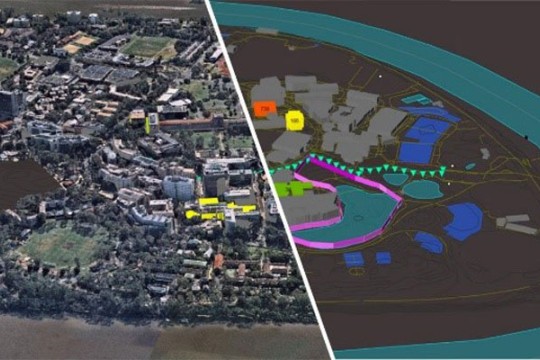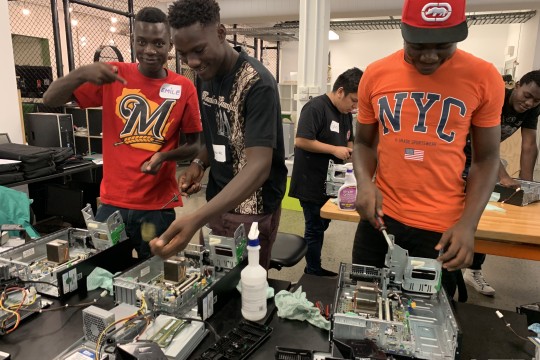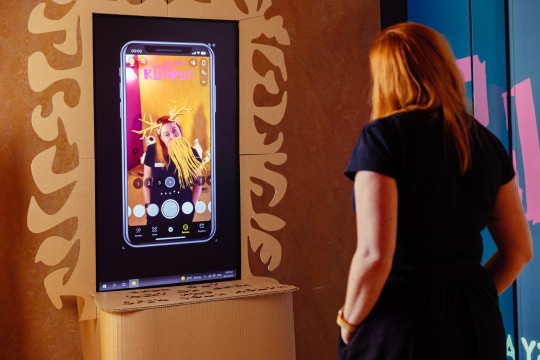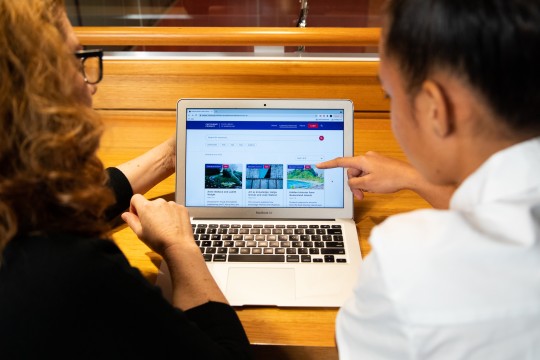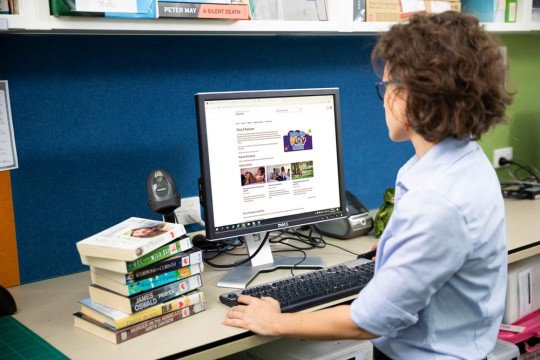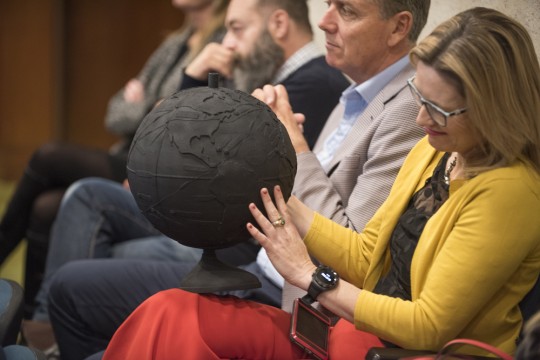
- Home
- Digital Technology Strategy
/
Digital Technology Strategy
Introduction
The Digital Technology Strategy 2025-29 outlines State Library’s focus for decision making in an era of rapidly evolving technological and social changes through digital transformation.
As a memory institution, State Library has been an early adopter and embraced ‘digital’ to enhance our services and collections. In 2017, State Library adopted a Digital Strategy which was instrumental in shaping a strategic approach to being a library that is digital by design. In an environment of continuous social and technological change, State Library must mitigate technical system risks as well as contextual and systemic social challenges.
Digital technologies are key enablers to achieve our vision – to be a library of influence, inspiring and connecting people through knowledge, storytelling and creativity. It is imperative that State Library make informed investment decisions to ensure technology is fit for purpose, safe, secure and resilient. We are also committed to implementing a continuous process of evaluation and reporting to monitor impact and benefits of initiatives that we deliver.
We are committed to providing accessible and inclusive access to collections and services, embracing diversity, addressing disadvantage and fostering lifelong participation through strong community connections. In striving to be a library that is digital by design, our intention is to think, act and be digital first, so that digital experiences are intrinsic to the library and the people who visit, use, collaborate and create with us.
Libraries are critical for inclusive digital futures. Through our partnership with local government, State Library is actively working towards a vision for public libraries and Indigenous Knowledge Centres (IKCs) as valued, thriving, place-based cultural and social hubs which are responsive to the changing needs of Queenslanders, providing access to lifelong learning and contributing to the liveability of local communities. State Library is pursuing digital inclusion programs to bridge the digital divide in Queensland and build confidence in media literacy, so that people have the skills to engage safely and positively online.
The Digital Technology Strategy 2025-29 is the next step in State Library’s digital evolution at a time of great promise and challenge. It outlines how we will ensure our agile, intuitive, robust and secure technologies will empower State Library to deliver our strategy and vision.
Challenges and opportunities
Rapidly evolving consumer, business and enterprise technology presents ongoing challenges and opportunities. It is imperative to continue to design and maintain a contemporary technology environment, considering strategic priorities, resource constraints and risk appetite.
Artificial Intelligence (AI) and Machine Learning (ML) cognitive technologies are increasingly being used to solve business problems, augment capability, and provide opportunities to transform collection access, discovery and engagement.
The sophistication and scale of cyber threats continues to increase, raising the risk for our digital assets and it is imperative that State Library implements robust protocols to protect valuable digital collections and corporate assets. The ongoing focus for 2025 and beyond will be to reduce cyber security risk and enhance recovery facilities for critical services in the event of an attack, whilst maturing our staff capability and supplementing with targeted outsourcing where appropriate.
The effective use of technology, accompanied by delivering services and programs with digitally capable staff enables State Library to meet our vision. Strategic workforce planning and management must ensure we have the capability and culture to build a library that has a workforce that thinks and acts digitally. The organisational shift from on-premises to cloud, software as a service and the broader adoption of Microsoft 365 for business process automation, optimisation and reporting, has changed the skillsets and capabilities needed in the workforce. State Library will continue to responsibly manage our available resources and will seek to address the challenges in attracting and retaining skilled and experienced staff in a competitive industry marketplace.
Priorities
Increase online access to our collections
Amplify the growth of a diverse digital collection, ensuring new formats are collected and legacy formats are accessible.
Embed digital preservation practices to ensure long term access to digital content
Leverage maturing technologies such as generative AI and large machine learning models to enhance services and access to collections, in alignment with State Library’s Use of Generative AI Principles, ensuring ethical, fairness and human-centred values.
Champion open licensing, open access, open data and collections as data enabling the widest possible use and re-use of content.
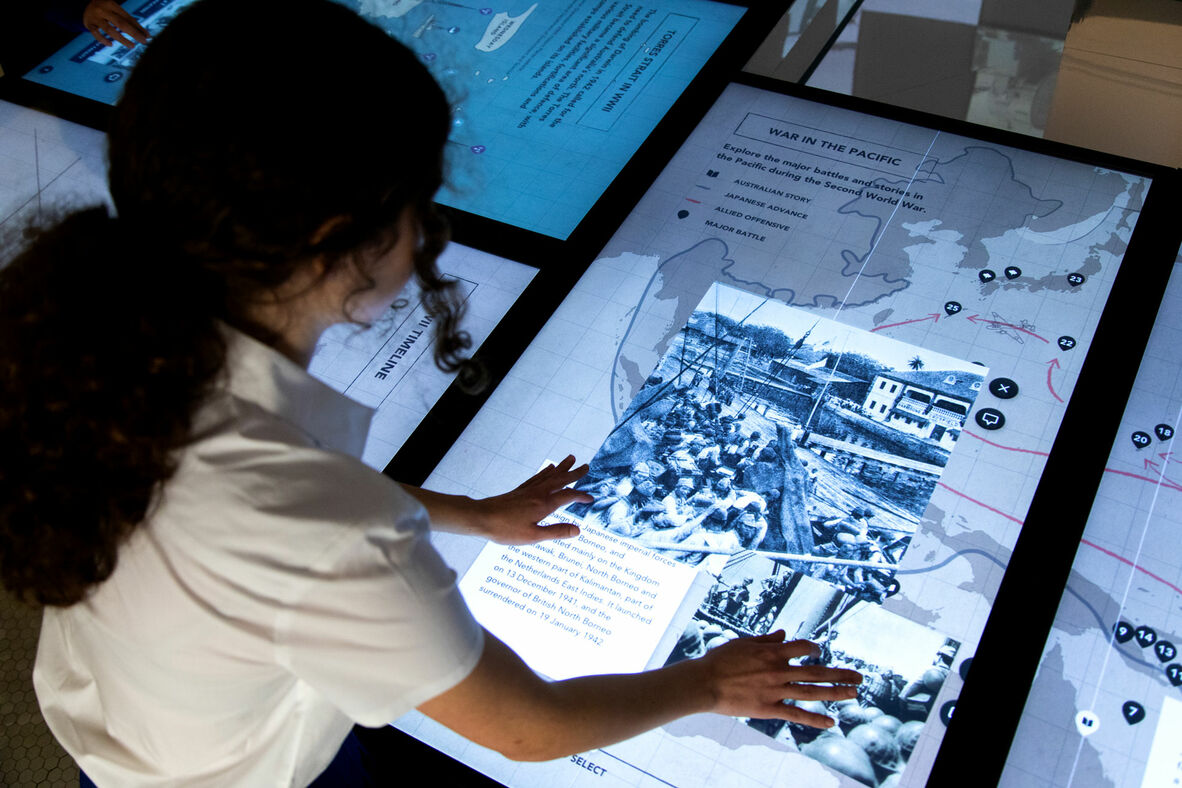
Build inclusive digital experiences that are secure, rich and intuitive
Ensure our online presence is contemporary, responsive, personalised and collaborative, and explore platforms and partnerships to extend and enhance the digital experience.
Support confident engagement with new media and technologies by offering meaningful opportunities for skill building, self-expression and creativity.
Implement frictionless and consistent digital systems that attract and nurture positive engagement with all users in our community
We will seamlessly integrate physical and digital into our exhibitions and programs, extending the reach of our unique offerings and ensuring those who use the library onsite and online have stimulating and rewarding experiences.
Develop programs and partnerships to support digital skills development in the community
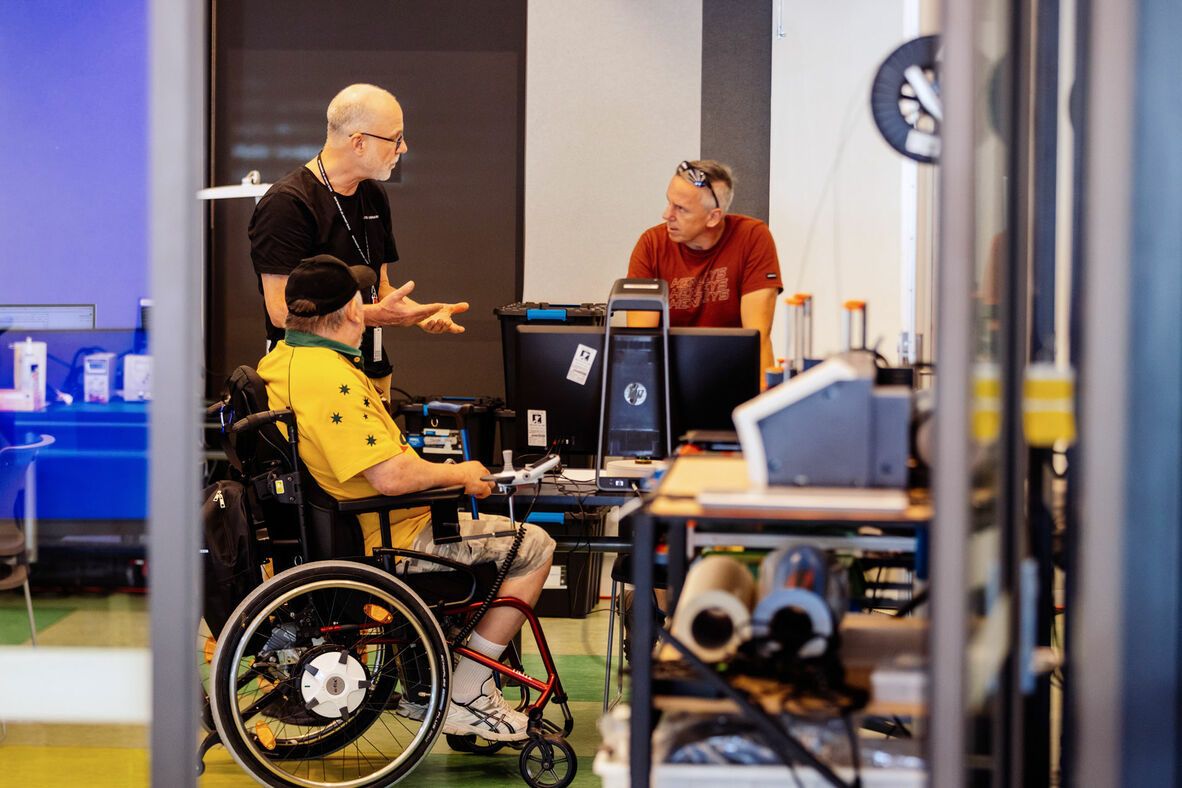
Build a workforce that acts ‘digitally’
Capitalise on in-built automation capabilities in Microsoft 365 to improve productivity, streamline workflows, explore new ways of working and leverage maturing AI and ML technologies to augment capability.
Grow staff digital capabilities and create opportunities for people across the library to lead digital initiatives supported by progressive technology
Develop internal capability in business analysis, sustainable data analytics, reporting, project management methodologies and change management.

Robust cyber and information security environment
Implement a risk-based framework to manage cyber security and information security governance requirements.
Protect our digital assets, including the collection, private, corporate information and infrastructure from cyber security threats, physical risks and acts of nature
Enhance internal cyber security capability, complementing with external skills as appropriate to develop and operationalise cyber security maturity.
Implement and maintain Essential 8 maturity levels as assessed against State Library’s cyber risk context.
Prepare for potential incidents through business continuity and disaster recovery plans to minimise the impact of events and recover promptly.
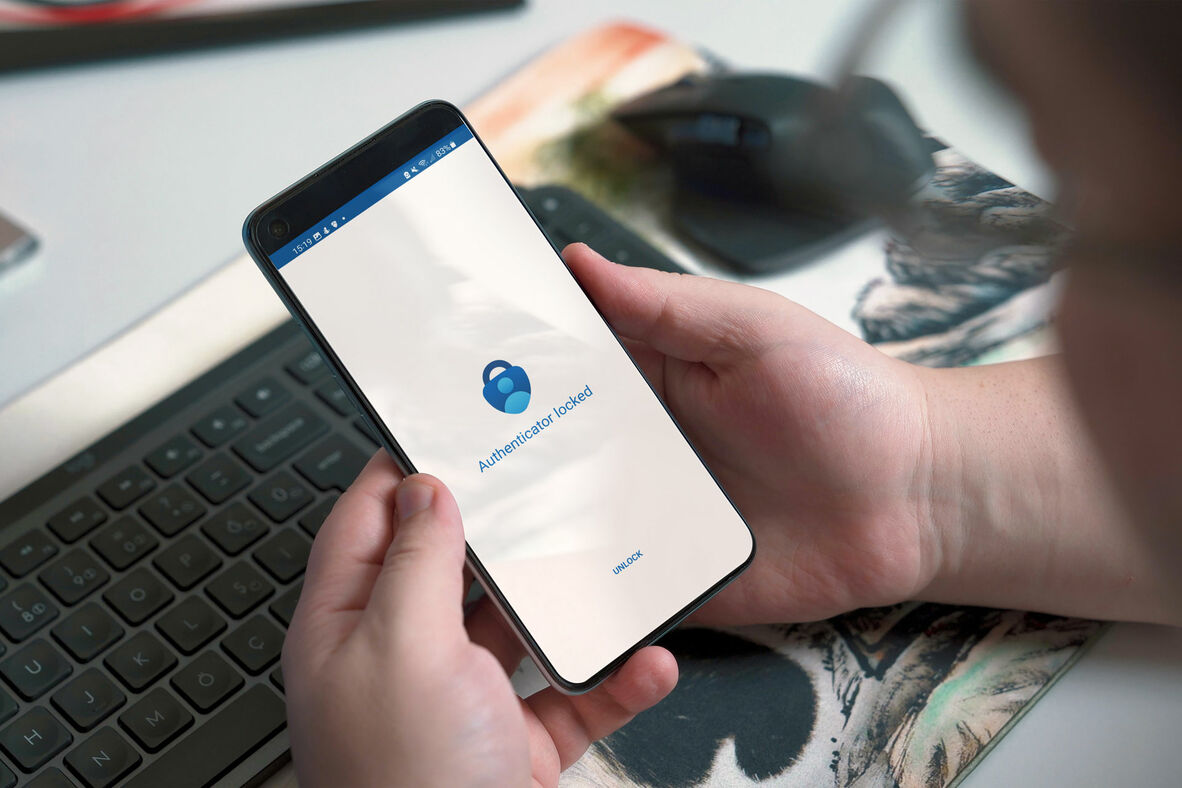
Invest resources efficiently for resilience, scalability and adaptability
Ensure technology initiatives and projects are executed in line with this strategy and the Technology Steering Group provides strategic oversight for the development and the delivery of the Technology Roadmap.
Establish the principles of an enterprise architecture and management approach that is fit for purpose for State Library. This will seek to improve our understanding of the existing system landscape, allow us to simplify the environment, remove legacy systems and enable informed decision making in the asset management lifecycle.
Implement technology solutions which are adaptable, scalable, resilient and appropriately activated to capitalise on investment and meet the changing needs of our business and community.
Engage with a range of partners to support the development and delivery of innovative and effective technology solutions.
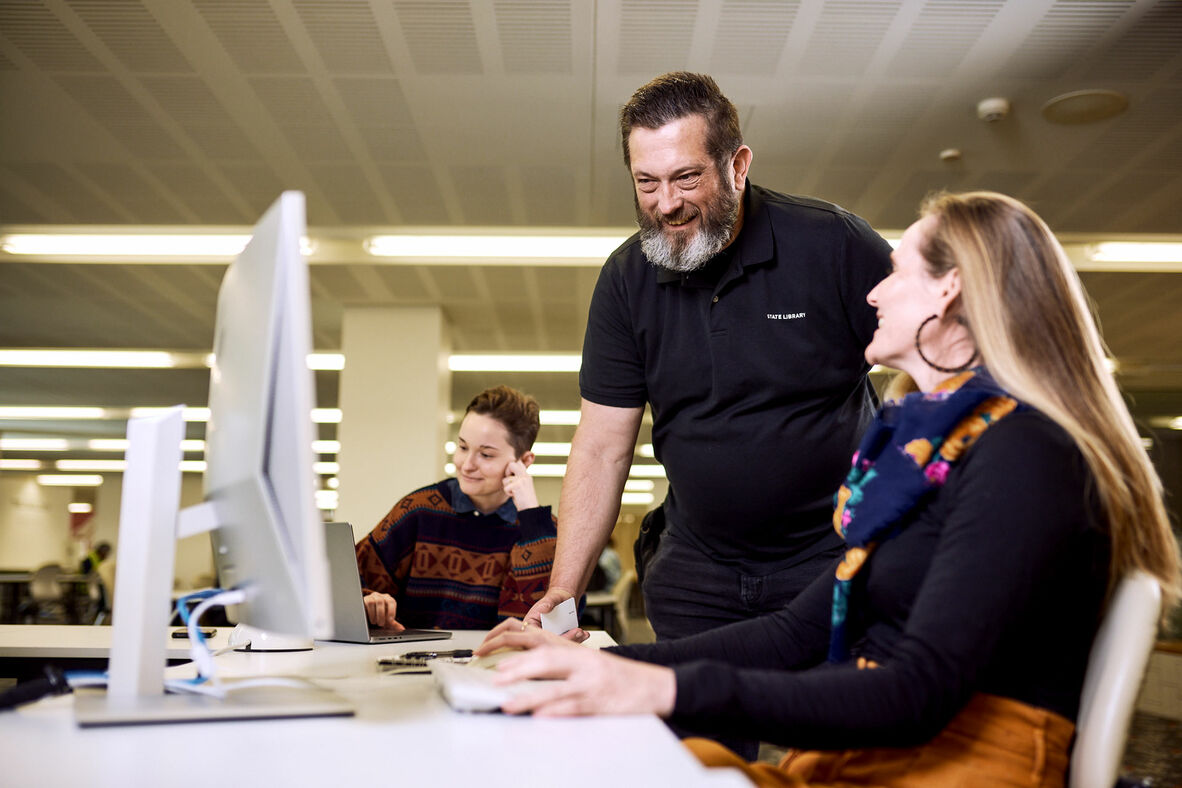
Strategy in action
This strategy is supported by:


